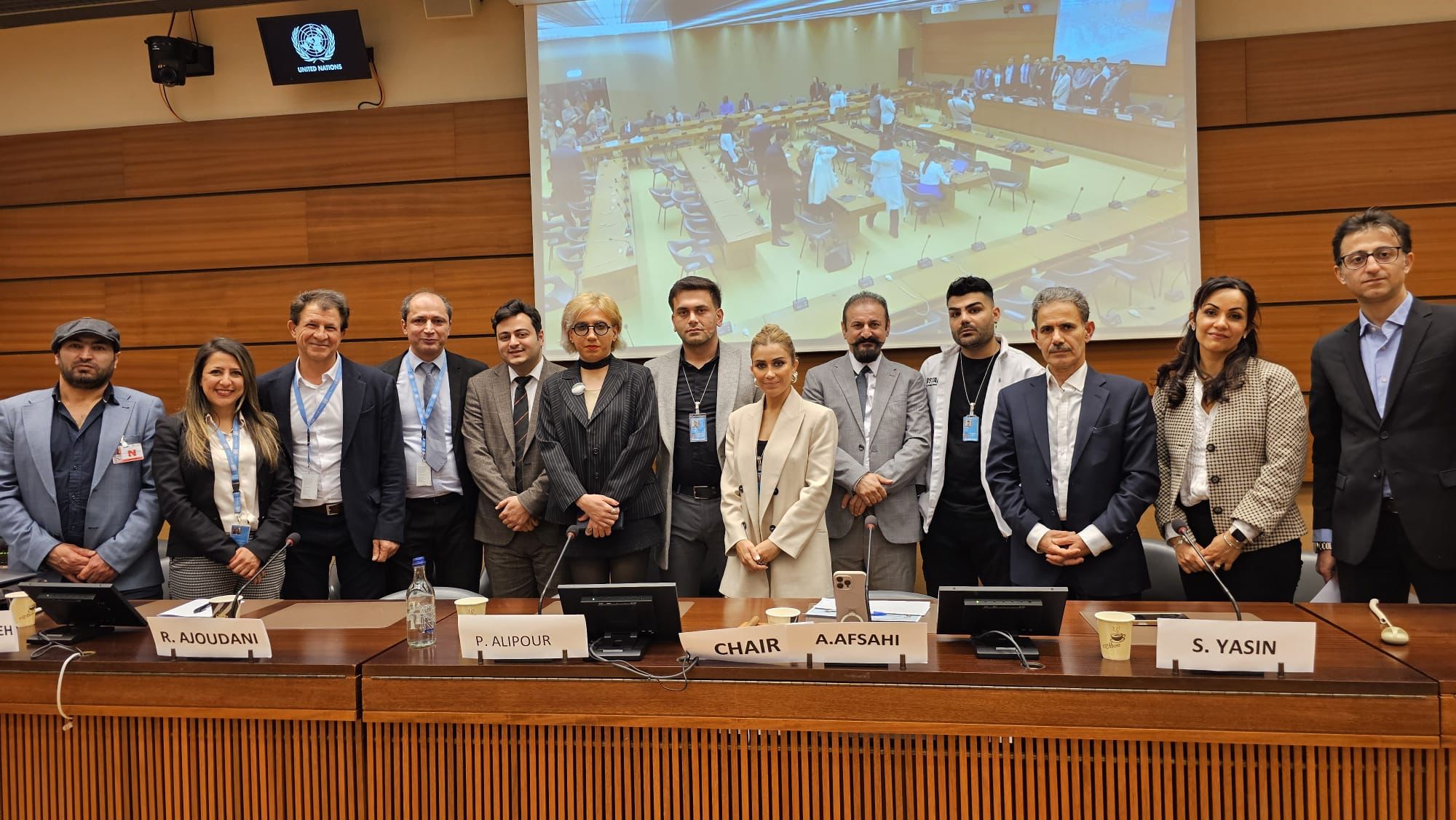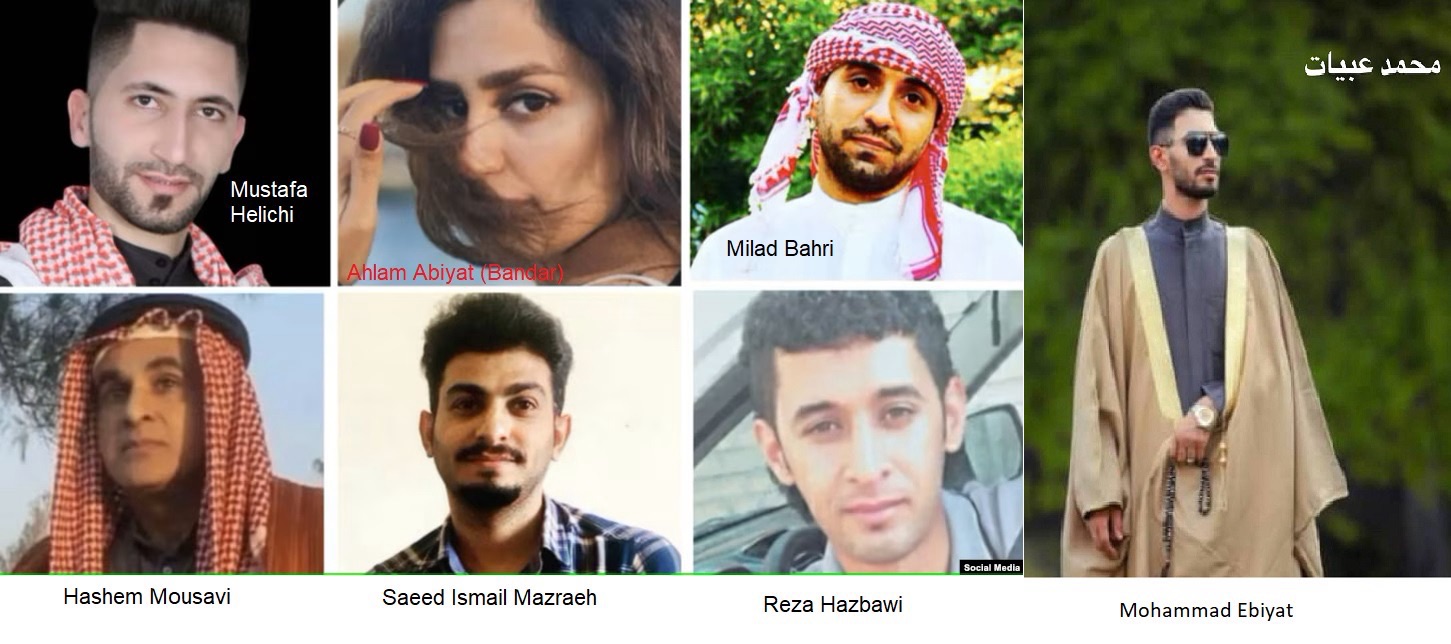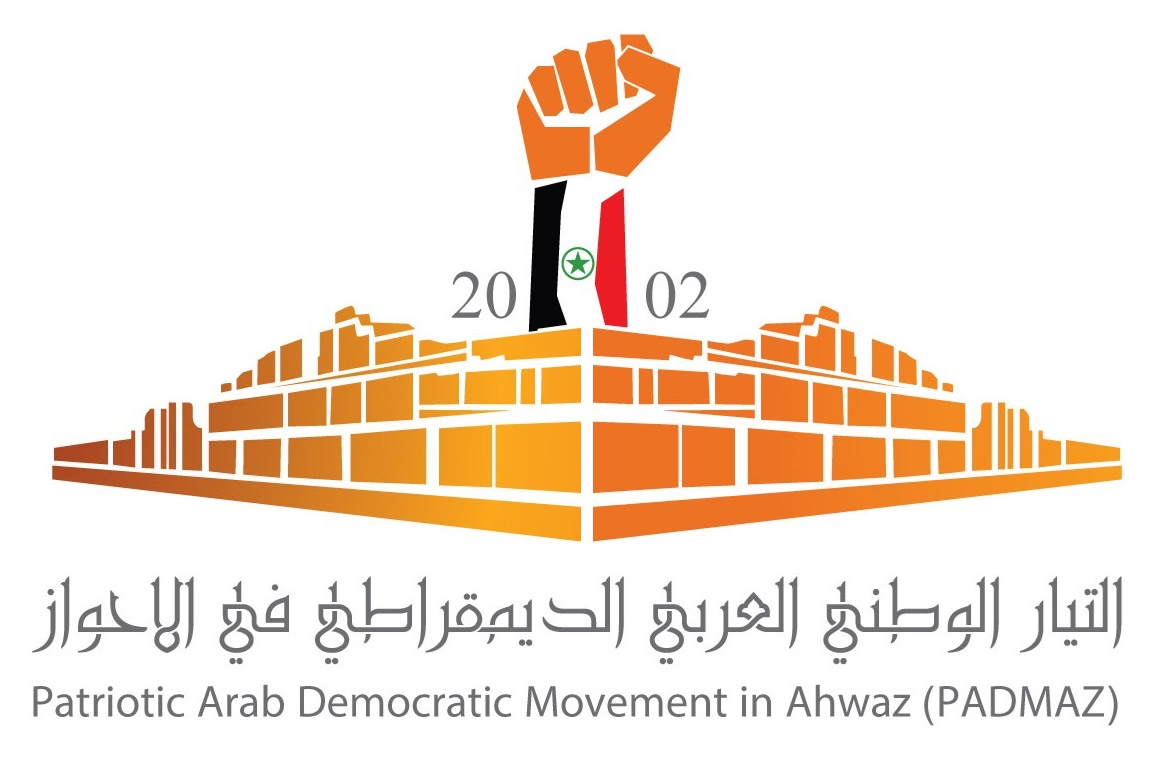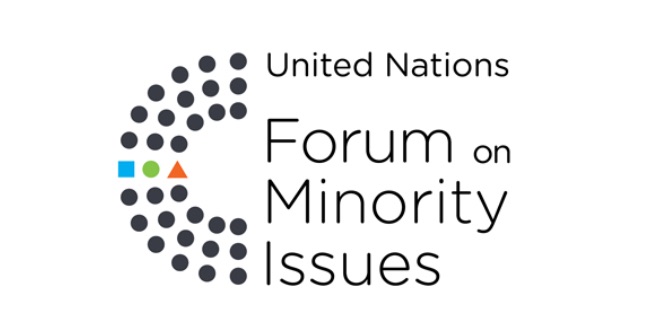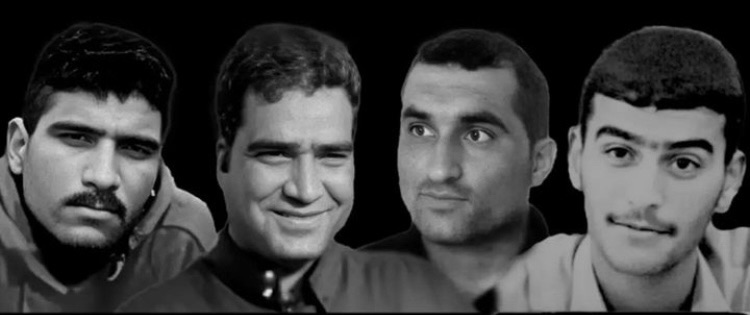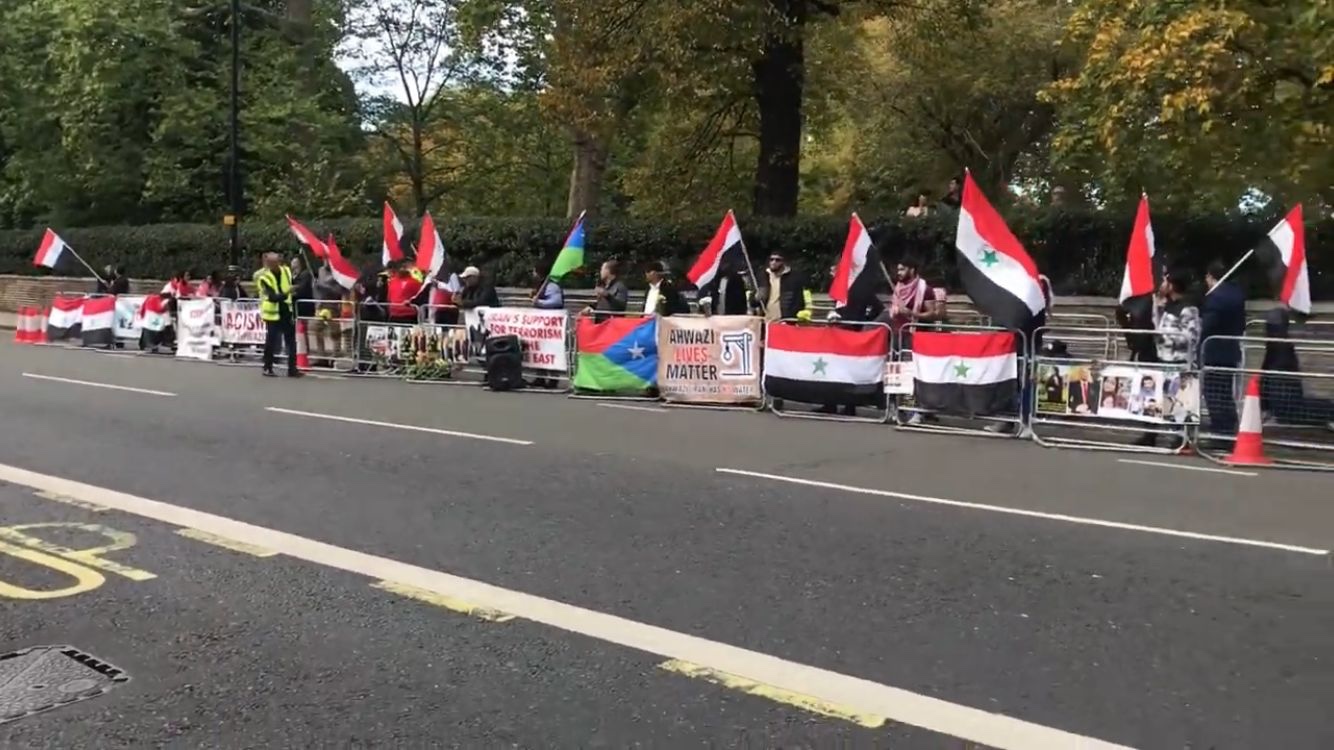Iran and Obscurities of the Demographic Distribution in Ahwaz
Part 1
This article has been written by Mohammad Nawaseri in February 2007. Considering the importance of what this article contains it is translated from Arabic to English as another step to revealing the facts about Iranian policy regarding Al-Ahwaz.
Translated by Selma Ahwazi
2008.07.06
Of the most important achievements of mankind in the twentieth century, the period of modernism and postmodernism, is the irreversible demise of the great empires which were formed after the Renaissance in Europe and Asia on the ruins of the colonized nations.
Those empires colonized the lands and enslaved the people in the ugliest forms of exploitation and slavery. However, by the end of the age of invading artillery, the method which the newly established systems who inherited the remains of those empires applied in dealing with the indigenous people of the colonized lands was the systematic nationalist policies from ethnocide to cultural dispossession, mass displacement, and ethnic cleansing against these people.
The prime motive of those empires was the economic interest justified by political and religious ideologies sometimes or by human rights and ethical issues at other times as were the Napoleon Bonaparte’s occupation of Egypt and/or Russian and British occupations.
The Soviet Union which collapsed in the early nineties is another example of those empires. It was called the prison of peoples, and its essence was exactly that of previous empires. However, people were finally liberated from this great empire which was built on fire, blood, international conspiracies, and rampant lawlessness.
Yet another example of those bloody historical empires is the Iranian Persian Empire which, since its very first inception, has been founded on colonial expansion and economic exploitation of the neighboring nations. Of the devastating consequences of those ambitions it was Arabs who suffered mainly; and it was due to the geographical proximity, and the Persian heritage that carries a deep historical hatred against the Arab nation. However, the ideological basics of this empire, which is of the remnants of the colonial past, have changed a lot through the different stages of history. In a time of some previous Persian monarchies Persian race was the main ideological motive. For the Islamic Republic, however, the Safawi sectarianism and the Persian ethnic are the main motives. It should be reminded, of course, that the contemporary Persian Empire emerged as a result of the colonial complicity in the twenties of the last century and the geostrategic repercussions of the Bolshevik revolution in Czarist Russia then.
The first victim of the newly emerged Persian empire and its chauvinist attitude against the geographical proximity in general and the Arab neighbors in particular is the Arabian state, Arabistan (Al-Ahwaz), which was occupied on the 20th of April of 1925. Arab rule was abolished in this historically Arab region due to its geographical nature; as Al-Ahwaz is considered the Eastern Gateway of the Arabian lands.
The forces that helped caesarean of the Iranian empire – modern Persian- are the same forces that played a key role in undermining Arab rule in Ahwaz. One of them was the British Empire which had colonial ambitions in the Arab countries in that dark era of history.
Of other influential parties was the sectarian Safawi establishment men of which, such as Mirza Naeeni and Aboulhassan Isfahani, are famous for their contributing fatwas (religious opinions and rules). They played a key role in the preface to the occupation of Ahwaz. There were also politicians, intellectuals and the Zoroastrians of Iran and India who were working in the government of East India Company. People such as Ardeshir Chi and Arbab Keikhosrow as well as racist thinkers like Mahmud Afshar and Kazem Zadeh Iranshahr.
It is not a coincidence that these same parties played a key role in the occupation of Iraq in 2003, where the sectarian Safawi establishment is represented by men like Sistani and Hakim and other men of religion in Iran, and as before, Britain and her confederate, America, who is the most prominent heir to the British colonial past.
One of the most important historical factors that have led to the cooperation between Persian Empire and the Western colonial powers in the past and present, in spite of the ideological differences between them, is the historical hatred of both against Arab nation. Though enjoying strong military forces and a great civilization, Persian Empire was not lucky in her wars against the Arabs for the winner was always the Arabs. Arabs triumphed over the Persians in 310 AD and killed their king, Hormuz II. Moreover, they were victorious in their battle of Dhi Qar in the early seventh century AD, when several Arab tribes (from Iraq and Ahwaz), who were led by Bani Sheiban, allied against the Persians.
This battle was so important that the prophet Mohammad commented about it “Today Arabs won their rights from Persians and evened.”
In the battle of Qadisiya in 635 AD Arabs, led by Sa’ad bin Abi Waqqas, won again. They wiped out the Persian armies led by Rustam, while Na’man bin Moqren was their leader. And eventually, after winning the Nahawand battle, led by Hudhayfah ibn Alyaman in 642 AD, Arabs conquered Persia, and banned Zoroastrian religion there, and Persians admitted Islam as their religion eventually. Arabs were victorious in their several battles against Persians in the era of Moshashaeen, Arabian government of Ahwaz in the sixteenth and seventeenth century. Another victory for Arabs happened in the era of Bani Ka’b in Ahwaz with the leadership of Sheikh Salman Al-Kaabi in the eighteenth century.
The security conditions and political history of the Arab nation in general and southern Iraq in particular, are the same circumstances which Ahwaz went through before the occupation in the twenties of the last century.
Blatant interference of the Iranian occupation which is represented by the Iranian security agencies[1] and the sectarian Safawi policies in various aspects of daily and/or political life is a preparation for uprooting this important and vital part of the body of the Arab nation and its natural extending with the ambition to attach it to the Iranian body. It was the same policy that paved the way for the occupation of Ahwaz, as this Arabian country was a rebel against the British and Persian and Osmani (Ottoman) empires up to the forties of the nineteenth century. After the Osmani’s broad attack in alliance with the Al-Montafaj Sheikhdom which led to the destruction of Muhammara, the capital of Ahwaz, Sheikh Jabir, sheikh of Ahwaz in that time, was forced eventually to request for help from the Qajarite government. The result was the second Ground Rum Treaty in 1847, which classified Ahwaz under the influence of the Iranian empire, compared with a waiver claim on Iran’s claimed influence on some other areas such as the banner of Sinjar and Sulaymaniya. The religion factor played the main role in that treaty, which culminated in the colonial military occupation of Ahwaz in April 1925. Drawing her lessons from history, Iran exercises the same policy in order to single out Iraq and pounce upon it to exploit and plunder its wealth after that she lived and still lives for eight decades of occupation on the wealth of Ahwaz while denying Ahwaz’s citizens the most basic necessities of a free honorable life.


